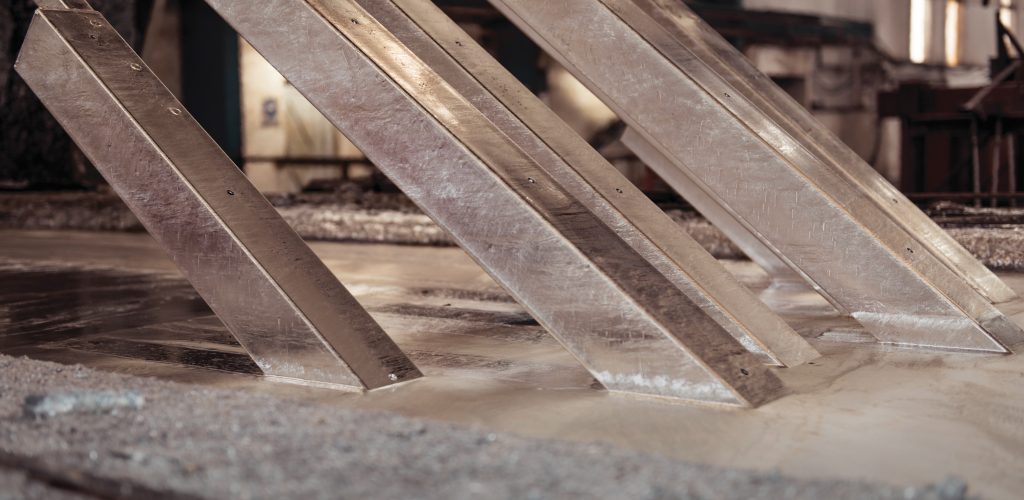Explosive consequences: Steel venting guidance videos
Incorrectly venting your steel fabrications before sending them to your local hot dip galvanizing facility can lead to explosive consequences. It’s critical to ensure you follow correct venting procedures to keep your fabrication intact and galvanizing operatives safe. It will also help you achieve the best quality zinc coating.
We’ve created some helpful videos and documents on what could happen if you don’t vent your steel correctly, as well as the correct measures to take.

Video 1: Super-heated steam in hollow structures
Process chemicals and air can become trapped in open-ended hollow structures when they don’t have vent holes. The trapped chemicals create super-heated steam when submerged in the molten zinc. If the zinc makes direct contact with the steam through the open end of the fabrication, it will eject out of the bath with extreme force.
Vent holes on the closed end of the steel mean the process chemicals can escape, avoiding the build-up of steam.
Video 2: Trapped air during welding
When welding steel together, it is important to leave seam gaps in the steel to avoid air becoming trapped. If large steel pieces are welded together without gaps, air becomes trapped between them. When dipped in the galvanizing bath, this causes the pressure between the two pieces to build up until they become forcibly separated at high speed.
To avoid this, leave seam gaps between the steel pieces so that air can escape and avoid pressure building.
Video 3: Incorrectly-placed vent holes
We’ve covered briefly why vent holes are needed – to release trapped air and process chemicals. But it’s important to make sure they’re correctly placed to ensure they do their job.
Remember, when welding fabrications that cause closed-off sections, there should be vent holes both internally and externally, as required, to avoid any air or chemicals becoming trapped.
Video 4: Not enough vent holes
Even if you take the previous precautions onboard and add vent holes, you need to make sure you have enough of them to release the air and process chemicals. Both the placement and amount of vent holes are crucial for ensuring there are no explosive results at the galvanizing bath.
If in doubt, always contact your local galvanizing service provider for advice before booking your collection. They can help you determine the correct venting requirements for your individual needs.
Alternatively, you can view our venting tips and tricks poster for more information.
Next page